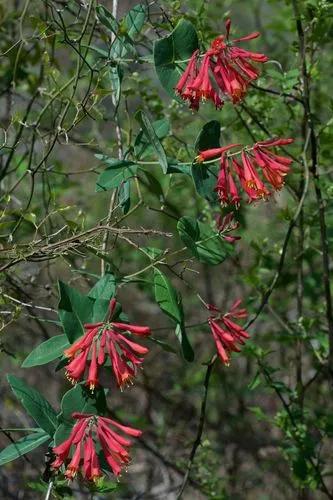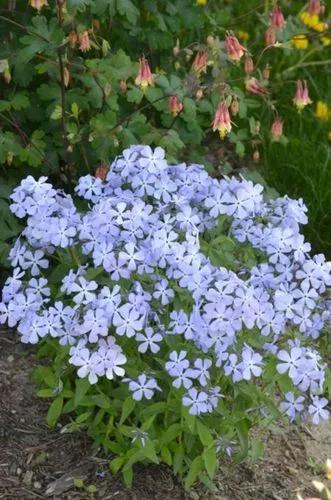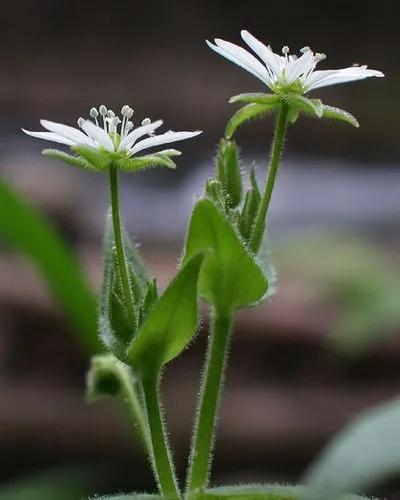Paphiopedilum wardii is one of the cooler growing species within the “mottled leaf” foliage group of Paphiopedilum; most others in this group tend towards a warmer preference. This species grows well warmer too, and currently resides with other mottled leaf Paphiopedilum in our warm room under LED grow lights.Paphiopedilum wardii is native to southwestern China and northern Myanmar, at elevations of 1200-1600m, but very rare and declining in its native habitat (75% population loss in the past 25 years). This plant is, of course, nursery raised (from the cross of Paphiopedilum wardii ‘Freckles’ AM/AOS x sib).
Ward's Paphiopedilum Care
Paphiopedilum Wardii



How to Care for the Plant

Water

Like all orchids, it is important to water in the morning. This insures complete water evaporation on the foliage as well as the crown by nightfall, thus preventing bacteria and fungus rot. Water the plant as it approaches dryness. Use rainwater, distilled water, reverse osmosis water or municipal water. Do not use softened water. Put plant in sink when watering and allow it to drain well. Under most growing conditions, watering is done at 3-7 day intervals depending on the pot size.

Fertilizer

For tap or well water, during spring and summer we recommend a 1/2 tsp. per gallon solution of GrowMore 20-10-20 fertilizer every other watering. During fall and winter, this should be reduced to every third watering. When using rain, distilled or reverse osmosis water, add back 5-10% of your hard water to provide necessary calcium and magnesium.

Sunlight

Paphiopedilums do well in a diminished light. An east or west window (providing 1000 to 1500 foot-candles of light) is ideal. The east exposure is better because the temperature is lower in the early part of the day when the plant is receiving the greatest amount of light. A south window is acceptable as long as the sunlight is filtered so as not to burn the plant. Paphs also do very well under artificial lights, such as fluorescent (grow at 10-19" from tubes) or L.E.D. Grow Lights. Run the lights according to the seasons: 11 hours in winter, 14-16 hours in summer. Strap-leafed, multi-flowered species or hybrids can take stronger light up to 2500 foot-candles.

Temperature

There are both warm and cool growing Paphs. Generally speaking, those with mottled foliage and the strap-leafed, multi-flowered species or hybrids do best in intermediate to warm conditions, preferring daytime temperatures of 70-80 degrees F. and nighttime temperatures of 55-64 degrees. The cool-growing species are mostly from India and grow at higher elevations. Complex hybrids are cool growing and bloom mostly during the winter season. These types prefer nighttime temperatures of 55-62 degrees with days around 65-70 degrees. They will all tolerate the heat of summer as long as they are regularly watered, shaded and kept in humid conditions. The mottled leafed varieties do best in a warmer house or apartment and can often bloom twice a year.

Container

Potting material is usually ready for replacement once every year to year and a half. The best time for repotting is the spring or early summer or fall when temperatures are mild. Use a medium grade orchid bark mix for plants in 3.25'' pots or larger, and a small mix for plants in smaller pots. Large plants with 6 or more growths can be divided. Pot with oldest growth closest to the rim of the pot allowing room for 1-2 years growth. Most growers find that plastic pots work best for Paphiopedilums.

Popularity

18 people already have this plant 3 people have added this plant to their wishlists
Discover more plants with the list below
Popular articles






